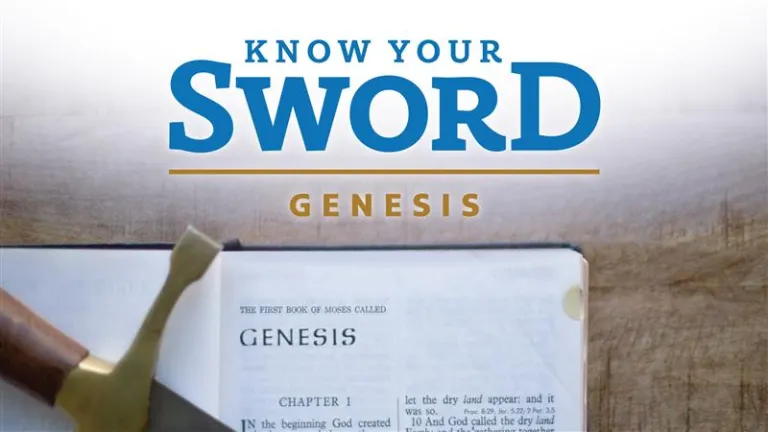Genesis Part 019

Genesis 10 contains what is commonly called the Table of Nations. This genealogical record lists 70 nations descended from the sons of Noah. The Israelites, and the descendants of Abraham generally, are not mentioned, although their common ancestor, Heber, is included in the list.
The genealogical record here is in the form of a clan list, which typically follows the father-son-grandson format—although exceptions to the rule and extended lists (such as we will later encounter with Israel’s clan lists) are not uncommon. The purpose of clan lists is to show affinities between related peoples. At the head of the list stands the common ancestor, in this case Noah. Under the common ancestor are listed the tribes, and under the tribes are listed the smaller clans. The further down the clan list one moves, the greater divide there is within the large family groups—but cultural and political affiliations between the members of the smaller family units are actually more pronounced. Thus, Japheth fathered Gomer, Magog, Madai, Javan, Tubal, Meshech and Tiras. All of those peoples were related and shared certain general cultural and political affiliations. But Ashkenaz, Riphath and Togarmah, who were fathered by Gomer, are further down the list and therefore shared greater cultural and political affiliations than they did with those peoples descended from the other sons of Japheth.
Are these ancient historical lists of any importance to us today? While many of the nations recorded in the genealogy disappear from the scriptural record, some of them will reappear in the prophetic books—with a surprising number mentioned in connection with end-time events. God appears to refer to the nations of the world by these family names, and it is interesting to note that the end-time configuration of nations provided by the prophetic books shows the nations allied by their clan affiliations. Surprisingly, these prophecies show that the passage of around 4,000 years of history has done little to alter the basic pattern of international relations.
If you are interested in a more in depth look at each of the biblical families and which nations may have come from them, Adam Clarke’s commentary (free commentary on eSword) is an interesting read about what nations each of these families may have produced. Some are more certain while others are more speculative.

One family line we will look a bit closer at here is Ham’s. Recall yesterday when we read about the incident and curse that occurred with Noah and Ham at the end of Genesis 9. After this event, Ham’s family and family line appears to make a stark departure from following God.
Ham eventually is used in the Bible interchangeably for Egypt as Cush, Mizraim and Phut all end up settling in various parts of Egypt (see Psalm 78:51, Psalm 105:27, Psalm 106:22).
We also see Canaan in this family line, who settles in the area that will become known as the “Promise Land.” Whole nations formed the Canaanite people: the Jebusite, Amorite, Girgasite, Hivite, Arkite, Sinite, Arvadite, Zemarite and Hamathite peoples (Genesis 10:16-18).
UYA Team | uya@ucg.org
United Young Adults (UYA) primarily serves the 18–32-year age group for the United Church of God. There are three main areas of contribution to the lives of the young adults: Promoting Spiritual Growth, Developing Meaningful Relationships and Making the Most of Your Talents. The Know Your Sword series is a daily expository message introducing God’s Word from a trusted perspective.


